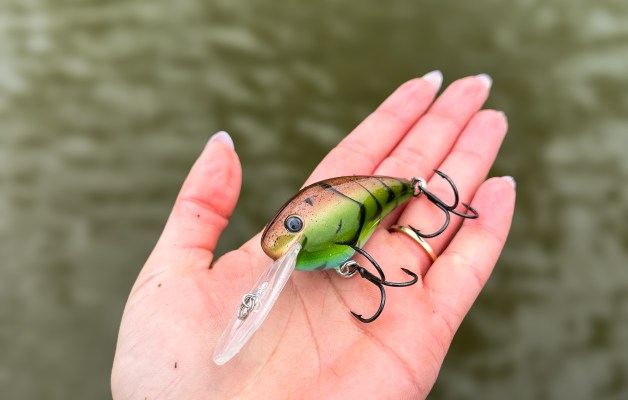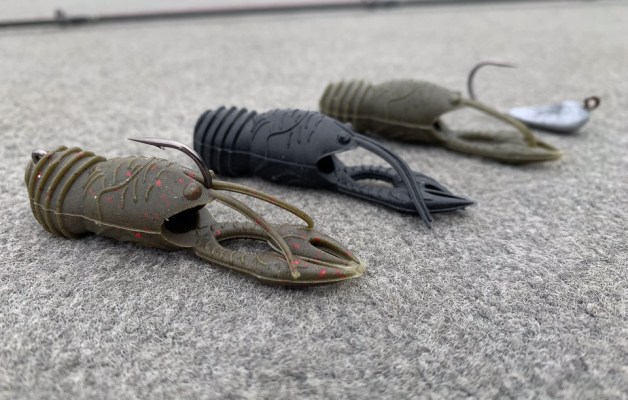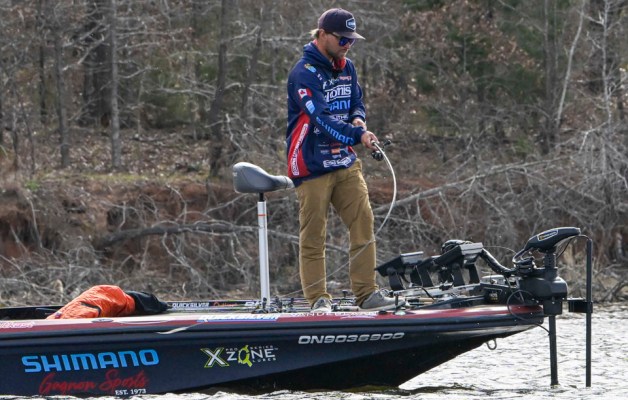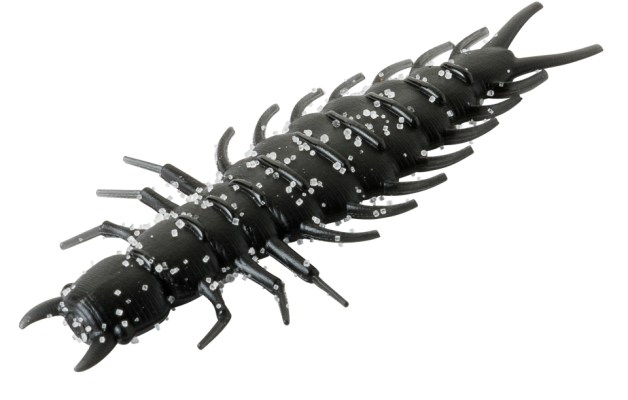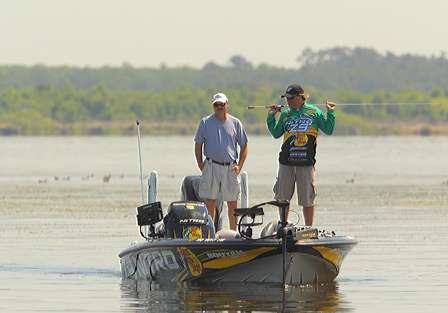
Side imaging units have become standard equipment on the boats of the Bassmaster Elite Series pros.
“Going without one would be like going without a trolling motor,” says Alabama pro Tim Horton, who relies on a Humminbird 1198 unit for providing the optimal view of a lake’s bottom.
“It’s really an amazing technology, especially compared to what we had before. It’s cutting cross sections of what it’s scanning, just like the imaging of an MRI.”
Although side-imaging technology has made it easier and quicker for pros and amateurs alike to find the best structure and cover a fishery has to offer, the user still has to do some fine-tuning to get the clearest and sharpest details from these units. Horton notices the biggest mistake beginners make when using side imaging is zooming out the range too far.
“Zooming out is an advantage once you learn how to use it.” The four-time B.A.S.S. winner recommends novices set the range on their side scanners to 40 to 60 feet for the most detailed images.
Viewing both sides at the same time at a particular range helps Horton develop a consistency needed to best interpret the images on his screen.
“When I’m seeing fish on there and have it set on 40 feet on both sides, it’s real consistent. I get used to what size fish are on the screen based on what I’m seeing (at that range).”
Moving your boat at a particular pace is another key to side scanning.
“Getting that speed right is a really big deal,” says Horton, who idles between 3.5 to 5 miles per hour while side scanning. “The boat has to be moving at a certain speed for it to work best. If you’re idling too fast, it’ll miss (details), and if you’re idling too slow you’re getting the same cut or image over and over.”
Adjusting the chart speed will also sharpen the side scanner’s images.
“I keep the chart speed at about 5, and if I’m idling fast and really covering a lot of water, I’ll speed it up a little bit,” Horton says.
Depth and water conditions will prompt Horton to change his side imaging sensitivity, but most of the time he has it set on 8. For scanning clear water or depths greater than 30 feet, Horton will increase the sensitivity to 9 or 10. Water full of debris and sediment from rain runoff can cause distortion while side scanning, so Horton sets his sensitivity lower than 8 when he encounters this situation.
While various color options are available for the display’s background, Horton prefers the blue hue. “I can see it well in bright and cloudy conditions,” he says. “I like how it differentiates images. When you get over something hard, it’s really white and stands out.”
Interpreting the images on the screen can be perplexing to a novice.
“When you look at the closest line towards the middle of the screen, you’re seeing what’s under you.” The lighter sections on the far sides of the display represent the side views.
The first time Horton used side imaging in the 2008 Bassmaster Classic at Lake Hartwell, he was amazed at what he could find. “I thought it was cool that I could drive into those coves and set that range out to about 80 feet and see what creeks had the most baitfish,” he says.
His side-scanning experience now gives Horton a broader underwater view than he could ever get from standard sonar.
“When it shows a brushpile, I can see how big it is and see the limbs and fish located in it,” he says.
Editor’s Note: If you have a story idea you would like to vote on for an upcoming poll, send your idea to john@jnoutdoors.com.


